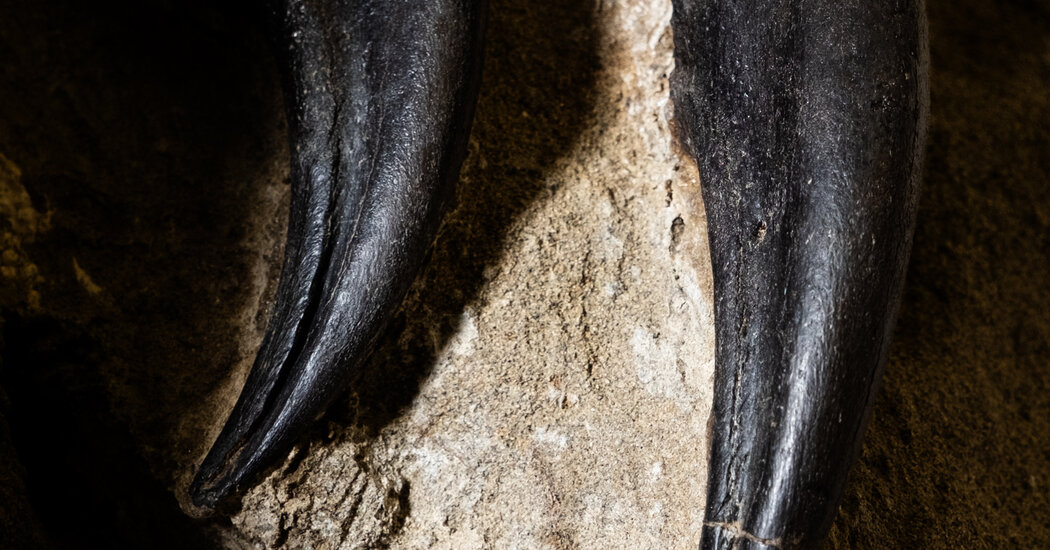Two creatures unearthed in 2006, and finally on display in North Carolina, might hold the key to a major debate over a certain animal’s identity.
This article is part of our Museums special section about how institutions are striving to offer their visitors more to see, do and feel.
If you’ve ever wanted to see, touch or even smell what life was like when the dinosaurs walked the earth, this is the place.
This month, the North Carolina Museum of Natural Sciences is opening an exhibit that will use scents and sounds mimicking an ancient forest to recreate a primeval paradise. The museum in downtown Raleigh will also display prehistoric murals and a trove of fossils meant to transport visitors “back to the Cretaceous,” as Javan Sutton put it.
“We really want to take you there,” said Sutton, the museum’s director of exhibits and digital media.
This sensual feast is intended to captivate young audiences and inspire them to fall in love with science. At the same time, the paleontologists are hoping to commit science in public, allowing visitors into a process that has been constricted by private ownership of many significant fossil findings yet is still the best avenue for answering existential questions about the planet.
But the real showstopper is a whole other animal — maybe literally. That’s because the exhibit is also debuting what many paleontologists consider the best fossils ever — ones they have spent years arguing about.
